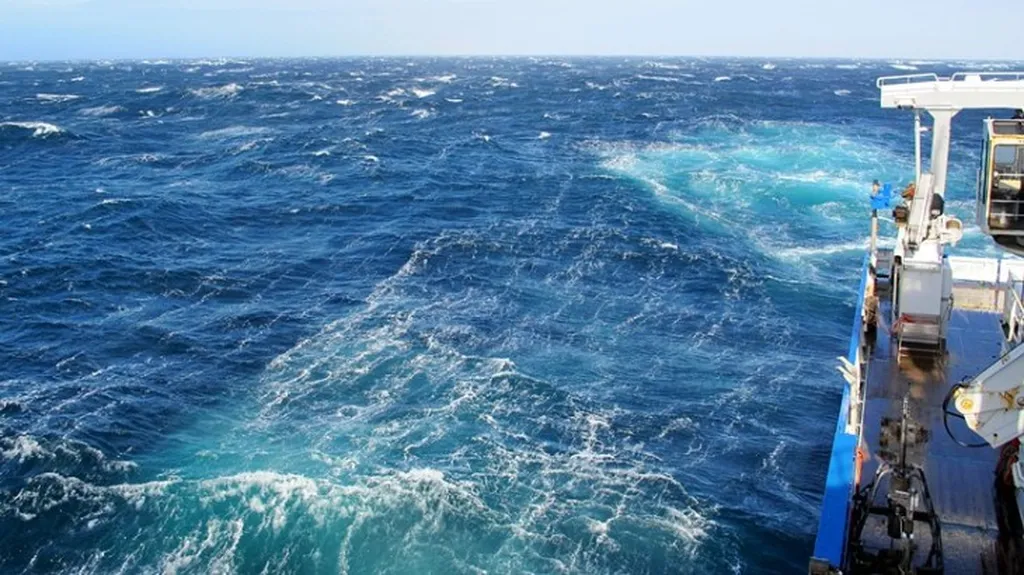In the quest to mitigate climate change, scientists are exploring innovative strategies, one of which is ocean alkalinity enhancement (OAE). This method aims to boost the ocean’s capacity to absorb and store atmospheric carbon dioxide (CO₂). A recent study published in the journal *Life Sciences* (originally published in German as ‘Biogeosciences’) and led by Dr. F. Liu from the Institute of Coastal Systems at Helmholtz-Zentrum Hereon in Geesthacht, Germany, sheds light on the potential and challenges of implementing OAE in the North Sea.
The study uses a regional coupled physical-biogeochemical-carbon model to examine the responses of the North Sea to OAE. The findings reveal that the efficiency of CO₂ uptake varies significantly depending on where the alkalinity is added. “The Norwegian Trench and the Skagerrak act as sinks for added alkalinity, reducing its interaction with the atmosphere,” explains Dr. Liu. This means that adding alkalinity in these areas might not be as effective in terms of atmospheric CO₂ removal.
On the other hand, adding alkalinity along the shallow eastern coasts results in a higher CO₂ uptake efficiency. “Alkalinity addition along the shallow eastern coasts shows a higher CO₂ uptake efficiency, around 0.79 mol CO₂ uptake per mol alkalinity addition, compared to offshore addition in ship-accessible areas, which is around 0.66 mol CO₂ uptake per mol alkalinity addition,” Dr. Liu notes. This is because offshore alkalinity is more susceptible to deep-ocean loss.
The study also finds that long-term carbon storage, measured by excess carbon accumulation in the deep ocean and cross-shelf export below permanent pycnoclines, is similar across the three scenarios and accounts for less than 10% of total excess CO₂ uptake. This suggests that while OAE can enhance CO₂ uptake, its potential for long-term carbon storage might be limited.
The research also highlights the need for finer-scale models to accurately assess near-source alkalinity impacts. The model used in the study has a resolution of approximately 4.5 km in coastal areas, which limits its ability to capture rapid, localized carbonate responses. This leads to a nearly 10-fold underestimation of chemical perturbations.
The implications of this research are significant for the energy sector, particularly for companies exploring carbon capture and storage technologies. Understanding the nuances of OAE can help in developing more effective and efficient strategies for atmospheric CO₂ removal. Moreover, the findings underscore the importance of selecting optimal locations for alkalinity addition to maximize CO₂ uptake and minimize unintended consequences.
As Dr. Liu puts it, “Our study provides a stepping stone for future research in this field. It highlights the need for more detailed models and a better understanding of local conditions to optimize OAE strategies.” This research could shape future developments in the field, paving the way for more effective climate mitigation strategies.

